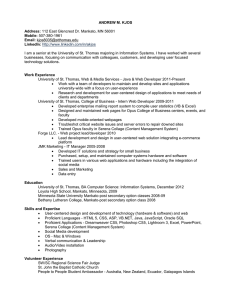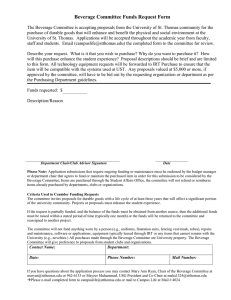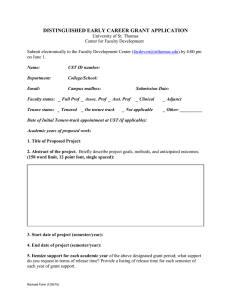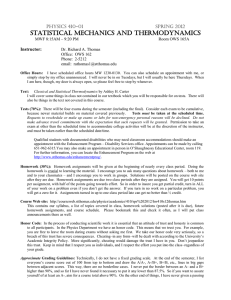tips for ensuring inclusiveness
advertisement
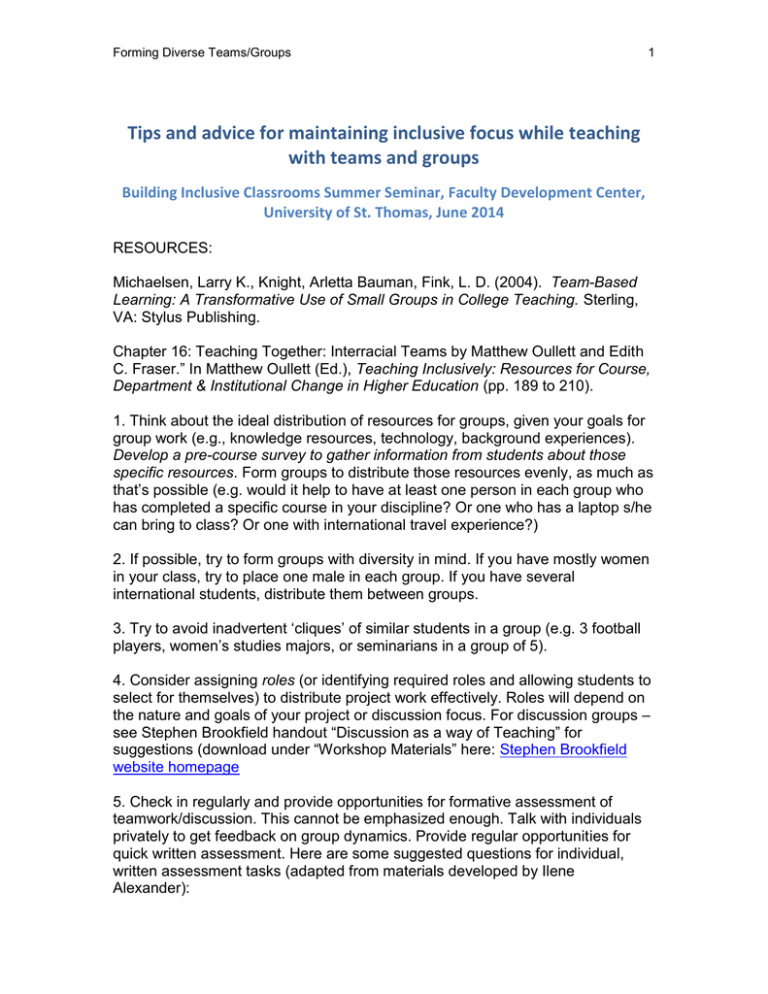
Forming Diverse Teams/Groups 1 Tips and advice for maintaining inclusive focus while teaching with teams and groups Building Inclusive Classrooms Summer Seminar, Faculty Development Center, University of St. Thomas, June 2014 RESOURCES: Michaelsen, Larry K., Knight, Arletta Bauman, Fink, L. D. (2004). Team-Based Learning: A Transformative Use of Small Groups in College Teaching. Sterling, VA: Stylus Publishing. Chapter 16: Teaching Together: Interracial Teams by Matthew Oullett and Edith C. Fraser.” In Matthew Oullett (Ed.), Teaching Inclusively: Resources for Course, Department & Institutional Change in Higher Education (pp. 189 to 210). 1. Think about the ideal distribution of resources for groups, given your goals for group work (e.g., knowledge resources, technology, background experiences). Develop a pre-course survey to gather information from students about those specific resources. Form groups to distribute those resources evenly, as much as that’s possible (e.g. would it help to have at least one person in each group who has completed a specific course in your discipline? Or one who has a laptop s/he can bring to class? Or one with international travel experience?) 2. If possible, try to form groups with diversity in mind. If you have mostly women in your class, try to place one male in each group. If you have several international students, distribute them between groups. 3. Try to avoid inadvertent ‘cliques’ of similar students in a group (e.g. 3 football players, women’s studies majors, or seminarians in a group of 5). 4. Consider assigning roles (or identifying required roles and allowing students to select for themselves) to distribute project work effectively. Roles will depend on the nature and goals of your project or discussion focus. For discussion groups – see Stephen Brookfield handout “Discussion as a way of Teaching” for suggestions (download under “Workshop Materials” here: Stephen Brookfield website homepage 5. Check in regularly and provide opportunities for formative assessment of teamwork/discussion. This cannot be emphasized enough. Talk with individuals privately to get feedback on group dynamics. Provide regular opportunities for quick written assessment. Here are some suggested questions for individual, written assessment tasks (adapted from materials developed by Ilene Alexander): Forming Diverse Teams/Groups • • • • • 2 What, typically, is happening in a team session when you feel most engaged? If you have felt distanced from what was happening during a team session, what was happening that contributed to that distancing/disengagement? What action has anyone (teacher, team member while working on project; other students in the classroom while you’ve been presenting team work) taken in a team session that felt affirming and helpful with regard to your work or the team’s work? What action has anyone (teacher, team member while working on project; other students in the classroom while you’ve been presenting team work) taken in class sessions that felt puzzling or confusing with regard to your work or the team’s work? What about your team dynamic has, overall, surprised you the most? 6. If you diagnose group difficulty, based on your assessments, call a meeting of group members and practice using your conflict resolution and mediation skills (discussed on Wednesday!). Keep focus on common goals, background assumptions, and facilitating empathic understanding. 7. Need outside help? Consider the following resources: Faculty Development Classroom consultants. Contact FD Director of Classroom Consulting, Dr. Angela High-Pippert (ahighpippe@stthomas.edu) Student Diversity and Inclusion Services. Contact Patricia Conde-Brooks (pecondebrook@stthomas.edu) International Students: Kari S. Fletcher (flet1837@stthomas.edu), Samba Dieng, International Student Services (dien1019@stthomas.edu), From Academic Counseling, Chirayu Dongre (dong2598@stthomas.edu) or David Moore (dfmoore@stthomas.edu)
